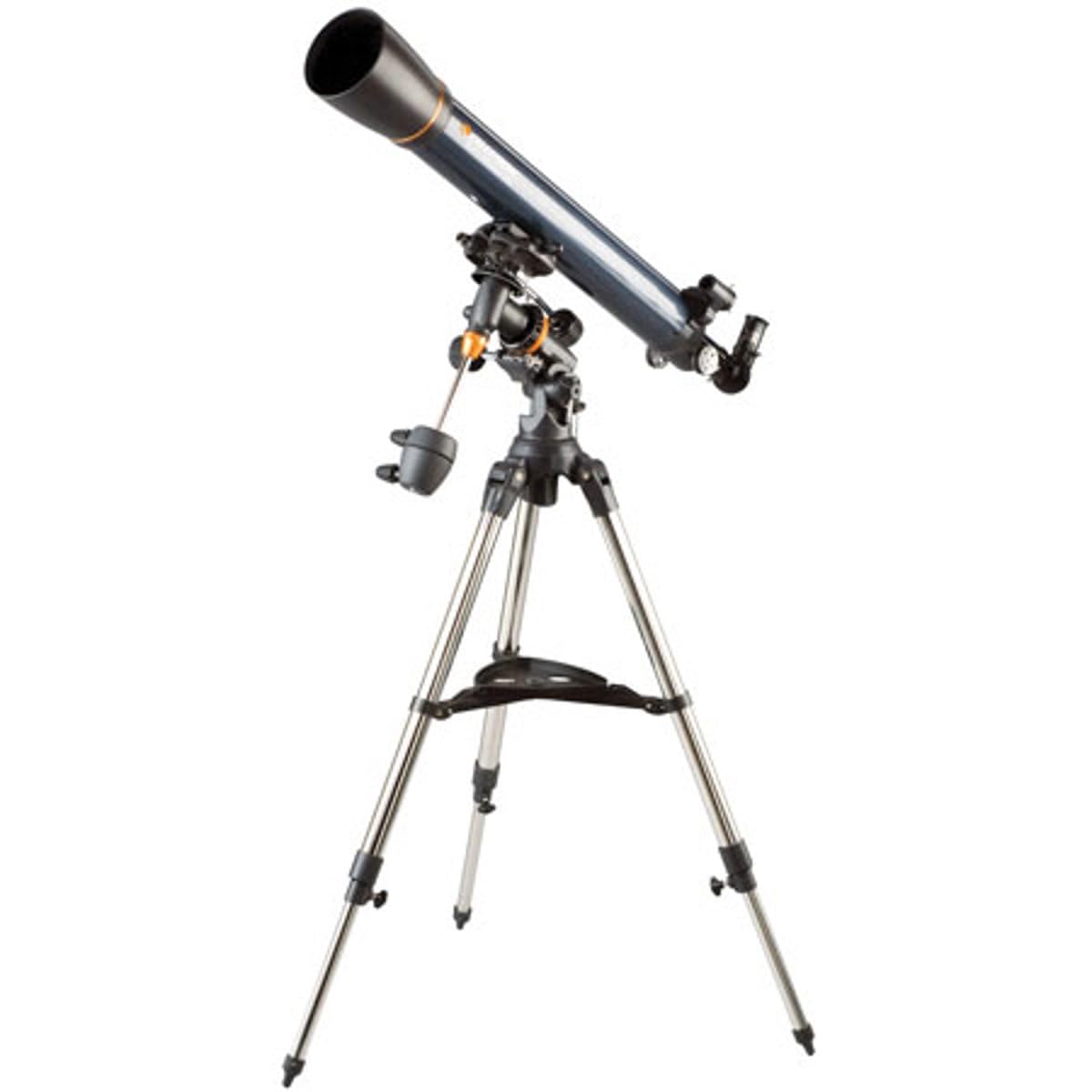معلومات عنا
حقوق الطبع والنشر © 2024 Desertcart Holdings Limited
Desert Online General Trading LLC
Dubai, United Arab Emirates


🌠 Discover the Universe, One Star at a Time!
The Celestron AstroMaster 90EQ Refractor Telescope is designed for both beginners and seasoned stargazers. It features high-quality 90mm fully-coated glass optics, a lightweight frame, and an adjustable tripod for easy setup. Included are two eyepieces, a StarPointer red dot finderscope, and a bonus download of premium astronomy software. With a two-year warranty and dedicated customer support, this telescope is your gateway to the stars.



| Number of Batteries | 1 Lithium Metal batteries required. (included) |
| Coating | Fully Coated |
| Focal Length Description | 10 millimeters |
| Field Of View | 1.6 Degrees |
| Power Source | Battery Powered |
| Finderscope | Built-on StarPointer™ red dot finderscope |
| Eye Piece Lens Description | Kellner |
| Mount | Equatorial Mount |
| Focus Type | Manual Focus |
| Item Weight | 6.21 Kilograms |
| Exit Pupil Diameter | 8.07 Millimeters |
| Objective Lens Diameter | 9E+1 Millimeters |
| Item Dimensions D x W x H | 30"D x 15"W x 51"H |
| Optical-Tube Length | 70 Millimeters |
ترست بايلوت
منذ يومين
منذ 5 أيام